Found a total of 10000 related content

Simple Factory
Article Introduction:What is Simple Factory?
Simple factory is not design pattern. It simply decouples object creation from client code. In other words, Simple factory encapsulates object instantiation by moving instantiation logic to a separate class.
Simple fa
2024-11-24
comment 0
511

Understanding the Factory and Factory Method Design Patterns
Article Introduction:What is a Factory class? A factory class is a class that creates one or more objects of different classes.
The Factory pattern is arguably the most used design pattern in Software engineering. In this article, I will be providing an in-depth explana
2024-11-05
comment 0
550


Can you explain the Factory design pattern with a simple example in Java?
Article Introduction:The factory design pattern creates objects centrally through a factory class, avoiding the client using new hard code to instantiate specific classes; 2. Define the abstract product Pizza, and the specific products CheesePizza, VeggiePizza and PepperoniPizza inherit it; 3. PizzaFactory returns the corresponding Pizza instance according to the input type; 4. The client creates objects through the factory and calls its methods to realize the encapsulation of loose coupling and creation logic, which is convenient for expansion and maintenance. This implementation is a simple factory model, ending with a complete sentence.
2025-08-02
comment 0
833

How to Apply the Factory Pattern in PHP for Flexible Object Creation?
Article Introduction:This article explains PHP's Factory Pattern, a creational design pattern for object creation. It details how to create flexible object instantiation using factory classes and methods, highlighting benefits like loose coupling, improved code organiza
2025-03-10
comment 0
545

Describe the Factory pattern and give an example of its use in Go.
Article Introduction:The article discusses the Factory pattern in software design, focusing on its implementation in Go. It covers the pattern's benefits like encapsulation and flexibility, and how it enhances maintainability in Go applications.
2025-03-31
comment 0
861
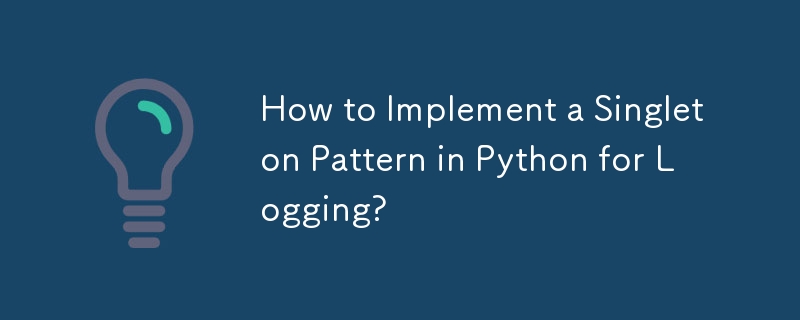

Factory design pattern in Java example
Article Introduction:The factory pattern is to encapsulate object creation logic through a factory class, so that the caller does not need to care about the specific implementation class. 1. Define the unified behavior specification of interface Shape; 2. Create Circle and Rectangle implementation classes; 3. Write ShapeFactory factory class to return different instances according to parameters; 4. Use the factory class to obtain objects and call methods. This mode is suitable for scenarios where object creation is complex, the type is often changed, or the principle of opening and closing is required. It can effectively decouple the caller and specific classes and reduce maintenance costs.
2025-07-13
comment 0
717
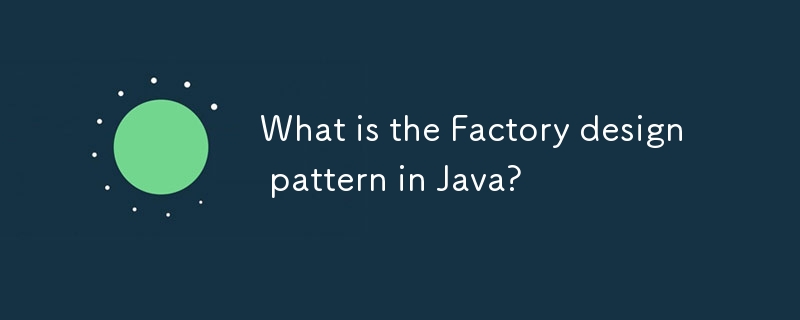
What is the Factory design pattern in Java?
Article Introduction:The factory design pattern is used to create objects without specifying specific classes. The factory method determines which class to instantiate based on input. For example, DocumentFactory returns PdfDocument or WordDocument instances according to the document type, thereby realizing the decoupling of client code from specific implementations, so that when adding new document types, you only need to expand the factory method without modifying client code. This pattern is suitable for scenarios where object types are determined at runtime, need to centrally create logic or system needs to support flexible expansion, and ultimately improve the maintainability, scalability and loose coupling of the code.
2025-08-13
comment 0
562
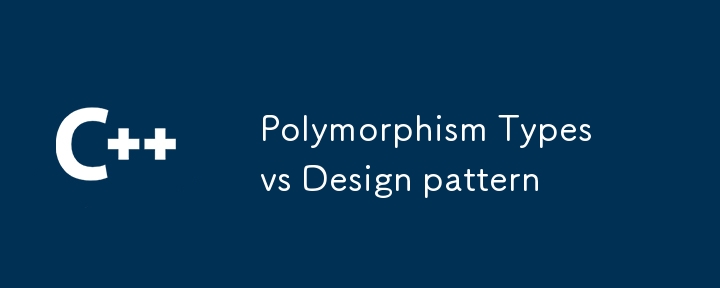
Polymorphism Types vs Design pattern
Article Introduction:How to use polymorphism and design patterns in combination? The combination of polymorphism and design patterns can enhance the flexibility and maintainability of the code by: 1. The policy pattern uses polymorphism to define the algorithm family, making it interchangeable at runtime; 2. The template method pattern delays the implementation of algorithm steps in the subclass through polymorphism; 3. The visitor pattern uses polymorphism in the form of double-scheduling, allowing new operations to be added in the class hierarchy.
2025-06-21
comment 0
265
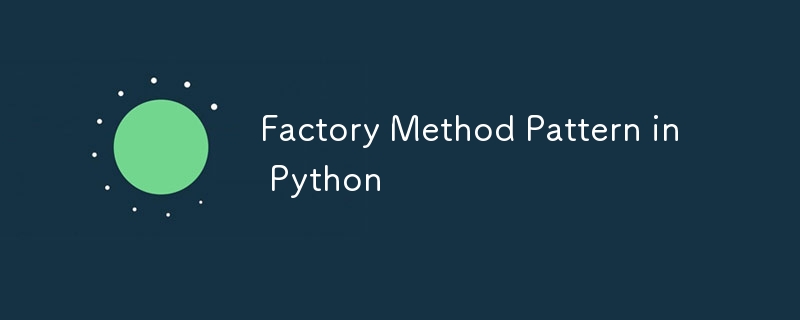
Factory Method Pattern in Python
Article Introduction:The factory method pattern is a design pattern that instantiates specific classes through subclass decisions. It defines an interface to create objects, delaying the creation of objects to subclass processing, thereby achieving decoupling. This mode is suitable for scenarios such as hidden object creation details, uncertain future subclass types, and the need to call different objects in a unified interface. The implementation steps include: defining the base class or interface; creating multiple subclasses; writing factory functions or methods that return different instances according to parameters. Factory methods can be further encapsulated into classes to facilitate management of complex logic. When using it, you should pay attention to avoiding too many conditional judgments, preventing business logic from being mixed into the factory, avoiding over-design. It is also recommended to deal with abnormal inputs, keep the logic simple, and use it only when scalability is required.
2025-07-21
comment 0
209

Describe the Observer design pattern and its implementation in PHP.
Article Introduction:TheObserverdesignpatternenablesautomaticnotificationofdependentobjectswhenasubject'sstatechanges.1)Itdefinesaone-to-manydependencybetweenobjects;2)Thesubjectmaintainsalistofobserversandnotifiesthemviaacommoninterface;3)Observersimplementanupdatemetho
2025-08-15
comment 0
253
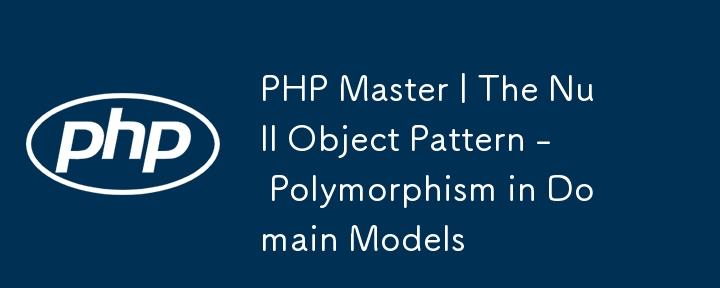
PHP Master | The Null Object Pattern - Polymorphism in Domain Models
Article Introduction:Core points
The empty object pattern is a design pattern that uses polymorphism to reduce conditional code, making the code more concise and easy to maintain. It provides a non-functional object that can replace the real object, thus eliminating the need for null value checks.
Empty object mode can be used in conjunction with other design modes, such as factory mode creating and returning empty objects, or policy mode changing the behavior of an object at runtime.
The potential disadvantage of the empty object pattern is that it may lead to the creation of unnecessary objects and increase memory usage. It may also make the code more complicated because additional classes and interfaces are required.
To implement the empty object pattern, you need to create an empty object class that implements the same interface as the real object. This empty object provides a default implementation for all methods in the interface, allowing it to replace the real object. This makes
2025-02-25
comment 0
644

Implement the Singleton and Factory design patterns in PHP.
Article Introduction:Singleton pattern ensures that there is only one instance of the class and provides global access points through static methods. For example, DatabaseConnection class ensures a unique instance through the getInstance() method; 2. Factory pattern defines the interface to create an object but delays the specific implementation to subclasses, so as to decouple the object creation and use, such as NotificationFactory creating different notification objects according to the type; 3. The two can be used in combination, such as designing the factory class as a singleton to ensure a global unique factory instance; 4. Singleton is suitable for shared resource management but should be used with caution to avoid testing difficulties, Factory is suitable for scenarios where the object type needs to be determined at runtime; 2.
2025-08-19
comment 0
275

How to implement factory model in Python?
Article Introduction:Implementing factory pattern in Python can create different types of objects by creating a unified interface. The specific steps are as follows: 1. Define a basic class and multiple inheritance classes, such as Vehicle, Car, Plane and Train. 2. Create a factory class VehicleFactory and use the create_vehicle method to return the corresponding object instance according to the type parameter. 3. Instantiate the object through the factory class, such as my_car=factory.create_vehicle("car","Tesla"). This pattern improves the scalability and maintainability of the code, but it needs to be paid attention to its complexity
2025-05-16
comment 0
1133

Python: Refactoring to Patterns
Article Introduction:Photo by Patric Ho
This concise guide maps Python code smells to their corresponding design pattern solutions.
class CodeSmellSolutions:
DUPLICATED_CODE = [
"form_template_method",
"introduce_polymorphic_creation_wi
2025-01-16
comment 0
1098

Exploring Common Java Design Patterns with Examples
Article Introduction:The Java design pattern is a reusable solution to common software design problems. 1. The Singleton mode ensures that there is only one instance of a class, which is suitable for database connection pooling or configuration management; 2. The Factory mode decouples object creation, and objects such as payment methods are generated through factory classes; 3. The Observer mode automatically notifies dependent objects, suitable for event-driven systems such as weather updates; 4. The dynamic switching algorithm of Strategy mode such as sorting strategies improves code flexibility. These patterns improve code maintainability and scalability but should avoid overuse.
2025-08-17
comment 0
686

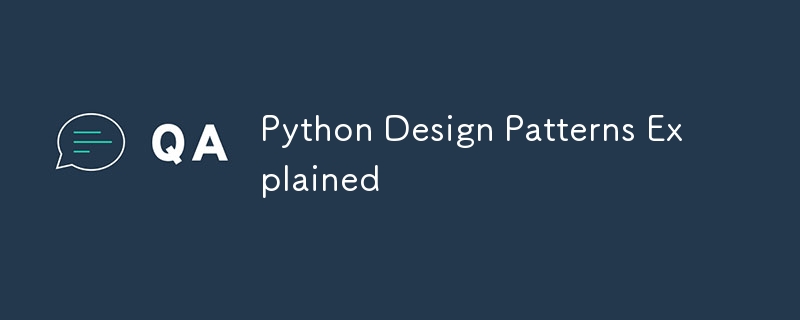
Python Design Patterns Explained
Article Introduction:The core value of design patterns is to solve the problems of code reuse, maintenance and expansion, rather than show off. 1. Design pattern is a common solution for common problems in object-oriented programming. It is divided into three categories: creation type, structure type, and behavior type; 2. Singleton pattern ensures that there is only one instance of a class, which is suitable for scenarios such as database connections that require global access points, but attention should be paid to thread safety; 3. The factory pattern implements the decoupling of the caller and the specific class through encapsulating object creation logic, which facilitates the use of new types without modifying the use; 4. Observer pattern is used for one-to-many dependency notification, suitable for event-driven systems, such as GUI interaction or framework signaling mechanism. Mastering these common patterns can improve the clarity and maintainability of the code structure. It is recommended to start with the most common patterns.
2025-07-21
comment 0
860
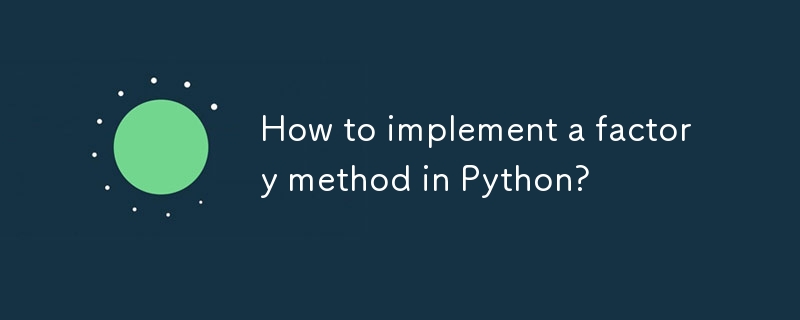
How to implement a factory method in Python?
Article Introduction:To implement the factory method pattern, first create a base class containing abstract factory methods, then define a subclass to override the method to return a specific product instance, and finally call the factory method to obtain the object through the base class reference. 1. Create the basic Creator class and declare factory_method; 2. Create ConcreteCreator1 and ConcreteCreator2 to return ConcreteProduct1 and ConcreteProduct2 respectively; 3. Use a unified interface to handle the creation of different types of objects, so that the code is neat and easy to expand.
2025-07-14
comment 0
386



















